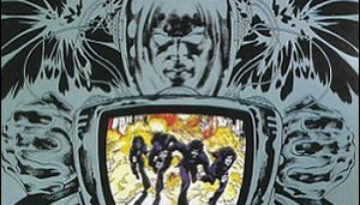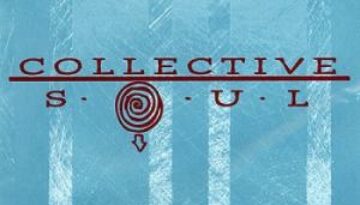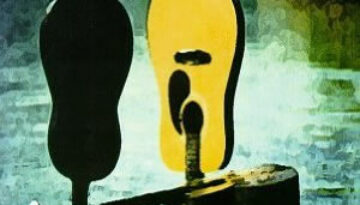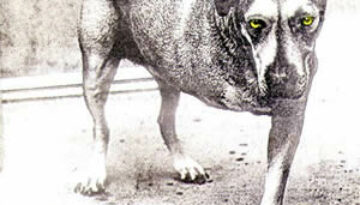Jailbreak by Thin Lizzy
Buy Jailbreak After a long musical journey which included style shifts, various lineup changes and five less-than-commercially successful albums, Thin Lizzy finally broke through in 1976 with Jailbreak. This quasi-concept record has an […]





